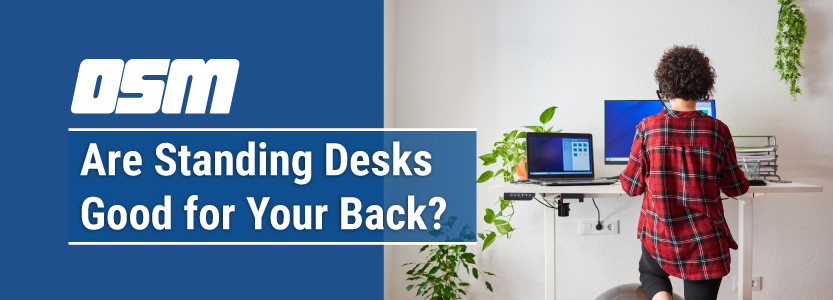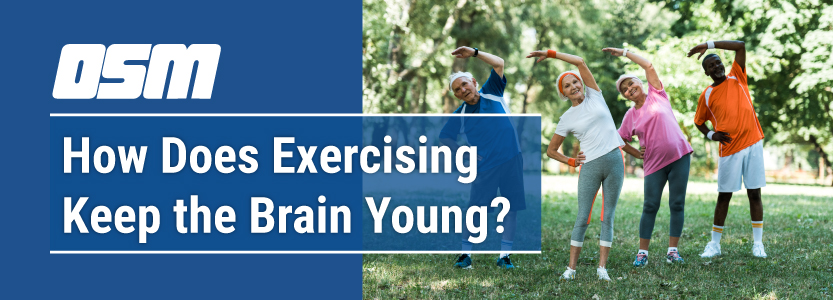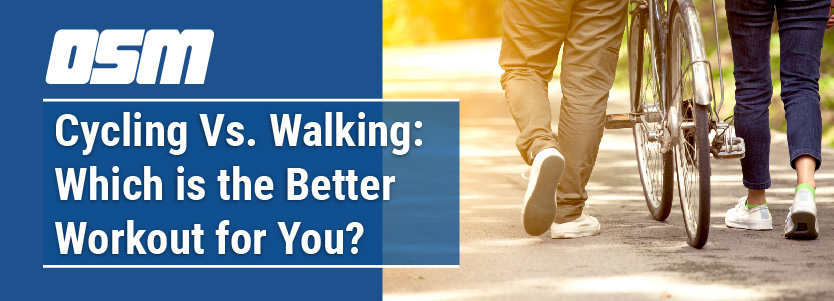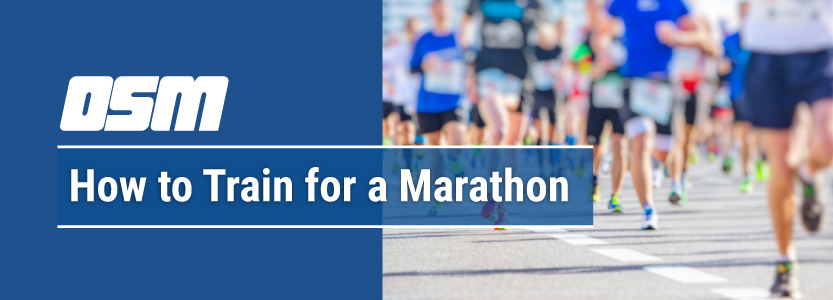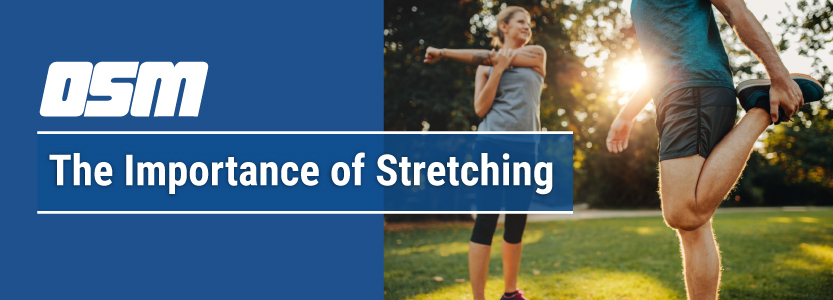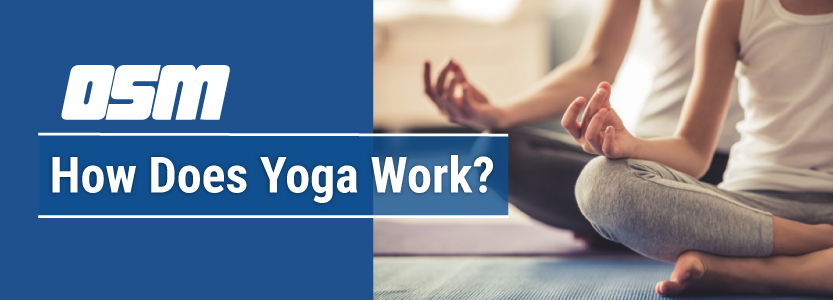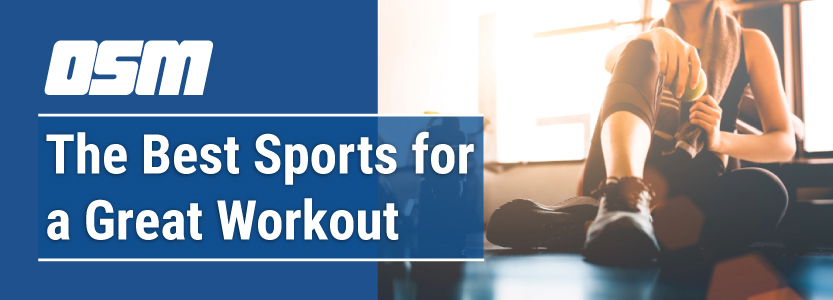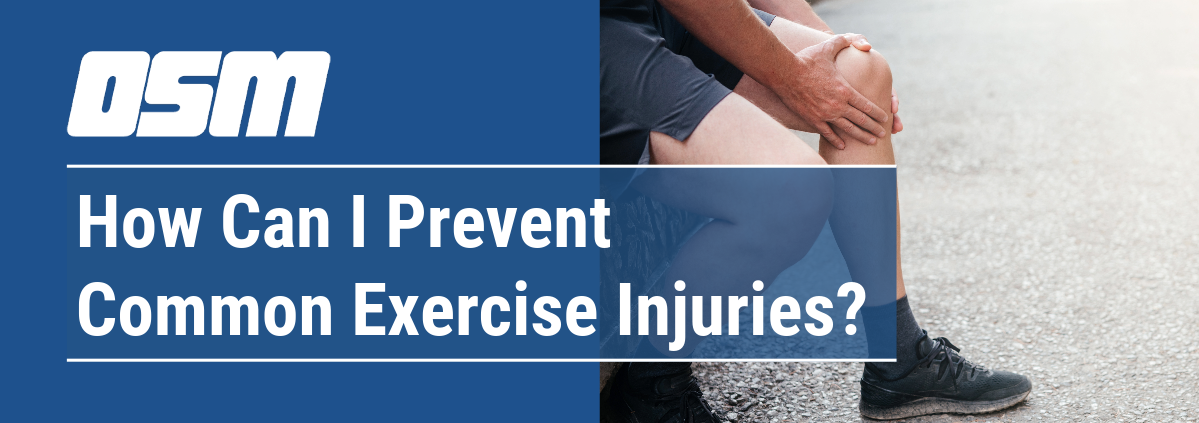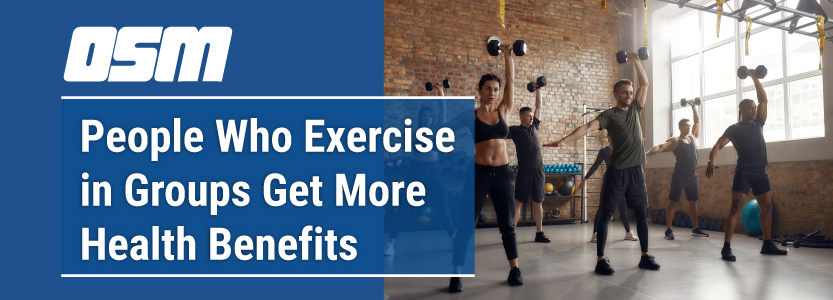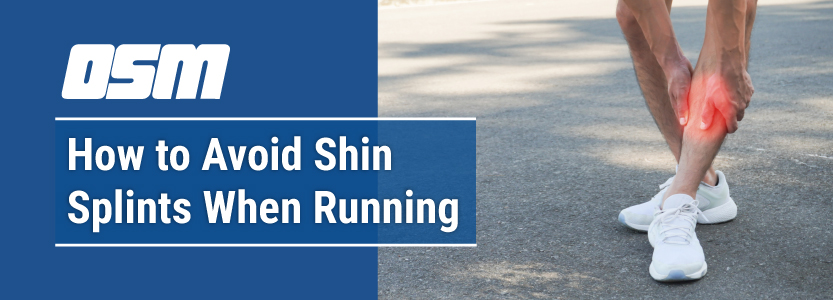Article featured on Healthline
Any kind of exercise is good for you, but working out in groups may give you a little extra boost.
Do you like to hit the gym, road, or trail by yourself?
Or do you thrive in a crowded group fitness class with everyone breathing, moving, and toning in sync?
No matter what kind of exercise you gravitate toward, there’s no downside to staying physically active — especially with so many Americans falling shortTrusted Source of national exercise guidelines.
But research suggests that if you’re a loner when it comes to exercise, you might be missing out on some health benefits from group workouts.
Group versus solo workouts
Exercise is already known to have many benefits for mental healthTrusted Source, including improving sleep and mood, boosting sex drive, and increasing energy levels and mental alertness.
In a new study, researchers looked at whether group exercise could help medical students, a high-stress group that could probably use regular workouts.
For the research, 69 medical students joined one of three exercise groups.
One group did a 30-minute group core strengthening and functional fitness training program at least once a week, along with extra exercise if they wanted.
Another group were solo exercisers, who worked out on their own or with up to two partners at least twice a week.
In the final group, students didn’t do any exercise other than walking or biking to get where they needed to go.
The researchers measured students’ perceived stress levels and quality of life — mental, physical, and emotional — at the start of the study and every four weeks.
All of the students started the study at about the same level for these mental health measures.
After 12 weeks, group exercisers saw improvements in all three types of quality of life, as well as a drop in their stress levels.
In comparison, solo exercisers only improved on mental quality of life — even though they exercised about an hour more each week than the group exercisers.
For the control group, neither stress level nor quality of life changed that much by the end of the study.
The study has some limitations, including its small size and inclusion of only medical students.
Students were also allowed to choose their own exercise group, so there may be physical or personality differences between group and solo exercisers that could affect the results.
So, the results should be viewed with caution. But the research hints at the power of working out together.
The study was published in the November issue of The Journal of the American Osteopathic Association.
Working out in sync
Other research has focused on the impact of group exercise — specifically working out in sync — on social bonding, pain tolerance, and athletic performance.
In a 2013 study in the International Journal of Sport and Exercise Psychology, researchers recruited people to work out for 45 minutes on rowing machines.
After the session, people who had rowed in groups — and synchronized their movements — had a higher pain tolerance compared to solo rowers. Pain tolerance increased whether people were rowing with teammates or with strangers.
Researchers think the increased tolerance to pain may stem from a greater release of endorphins — the “feel good” hormones — due to people getting in sync with one another while exercising.
This kind of coordinated movement is known as behavioral synchrony. It can also occur during other group activities, such as play, religious rituals, and dance.
It may also boost your performance, especially if you’re already close to other people in the group.
In a 2015 studyTrusted Source in PLoS ONE, researchers found that rugby players who coordinated their movements while warming up performed better on a follow-up endurance test.
These athletes were already part of a close-knit rugby team. Researchers think the synchronized movements during the warm-up reinforced the existing social bonds between them.
The researchers write that this “may have changed athlete’s perception of the pain and discomfort associated with fatigue … This allowed participants to push harder and perform better.”
So when you’re surrounded by other cyclists spinning in sync to steady beats, or CXWORXing like it’s a coordinated dance, you may be able to tap into the power of synchrony.
Or not.
Not all group classes created equal
Paul Estabrooks, PhD, a behavioral health professor at the University of Nebraska Medical Center, found that “exercise context” shapes how much effect exercise has on quality of life, social interactions, physical benefits, and people sticking with their workouts.
In a 2006 review in Sport and Exercise Psychology Review, Estabrooks and his colleagues looked at 44 previous studies that compared the benefits from different exercise contexts.
The contexts included the following: home workouts, either alone or with contact from a health professional; standard exercise classes; and “true group” classes, where special techniques were used to increase social bonding among people in the class.
True group classes provided the most benefits.
Standard exercise classes — without the added bonding — were similar to at-home exercise with help.
Working out alone at home came in last.
In general, the more contact or social support that people had during exercise — from researchers, health professionals, or other exercise participants — the greater the benefits.
Estabrooks told Healthline that “group-based fitness classes are typically only more effective when they use group dynamics strategies.”
This includes setting group goals, sharing feedback, talking with other people in the class, using friendly competition, and incorporating “activities to help people feel like they are part of something — a sense of distinctiveness.”
You may not find this in every exercise class.
“This usually isn’t the case in most group-based fitness classes,” said Estabrooks, “where folks show up, follow an instructor, don’t talk much to one another, and then leave.”
Although group fitness classes may offer extra benefits, not everyone is a spin, body sculpt, or power yoga class kind of person.
One study found that extraverts were more likely to prefer group-based and high-intensity physical activities, compared to introverts.
No big shock there.
I’m an introvert and teach group yoga classes. But I almost never take group classes myself.
I prefer to practice on my own at home. For me, yoga is about solitude and going inward — spoken like a true introvert.
For others, though, yoga could be more about community and social bonding.
In the end, staying active is better for you than being sedentary.
So find some physical activity that you love to do and stick with it — whether it’s packing yourself into a sweaty fitness class or backpacking solo in the wilderness.

